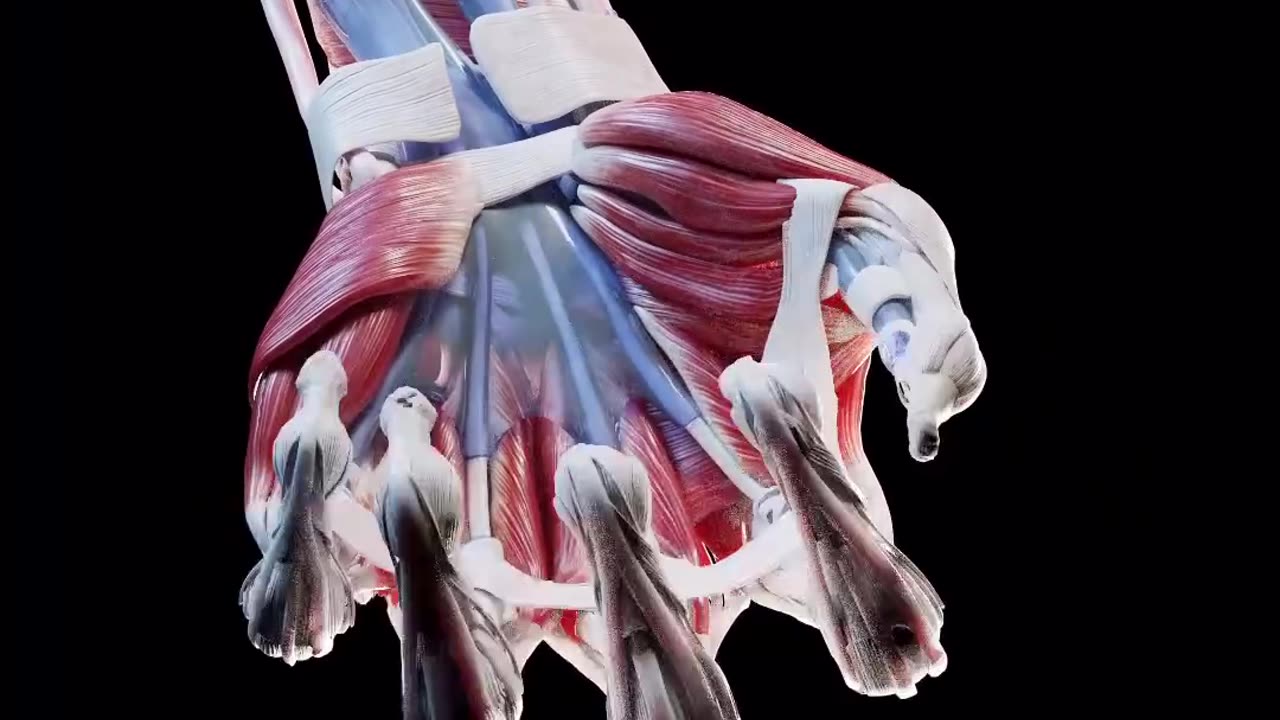Premium Only Content

The human hand Anatomy
The human hand, the most distal part of the upper limb, is a remarkable feat of engineering and evolution. It is strong enough to allow climbers to tackle any mountain, but also sufficiently precise for the manipulation of some of the world’s smallest objects and the performance of complex actions.
The hand itself consists of specific bones onto which various muscles are attached, and a collection of neurovascular structures responsible for drainage and innervation. However, the intrinsic muscles of the hand are only partially responsible for all its range of motion. The other major contributors are actually the forearm muscles, which project tendons towards the hand via an equally complex and flexible anatomical structure, called the wrist.
The muscles of the hand consist of five groups:
Thenar muscles
Hypothenar muscles
Lumbricals
Palmar interossei
Dorsal interossei
-
 25:41
25:41
SB Mowing
11 hours agoPICTURE living next to THIS and not knowing what to do…
33.8K22 -
 2:16:01
2:16:01
George Galloway
1 day agoNEW YEAR COUNTDOWN - MOATS with George Galloway - EP 408
54.6K113 -
 18:39
18:39
Stephen Gardner
7 hours ago🔥BREAKING! Trump's SHOCKING New Demand | Biden admits DOJ TARGETED Trump Illegally!
41.4K194 -
 1:20:23
1:20:23
Josh Pate's College Football Show
12 hours ago $11.57 earnedCFP Prediction Special: OhioSt vs Oregon | UGA vs Notre Dame | Texas vs ASU | Boise vs PennSt
79.1K6 -
 7:50:03
7:50:03
Scottish Viking Gaming
10 hours ago💚Rumble :|: SUNDAY FUNDAY :|: Virginia has two Verginers, Change my Mind!
96.1K18 -
 1:49:50
1:49:50
Winston Marshall
2 days agoThe DARK Reality of Socialism - Historian Giles Udy
76.3K83 -
 1:09:28
1:09:28
Sports Wars
9 hours agoBengals STAY ALIVE In OT Thriller, ESPN's Ryan Clark SLAMMED, NFL DESTROYS NBA On Christmas
62.7K7 -
 9:37
9:37
EvenOut
1 day ago $4.75 earnedThe Non-Reflecting Mirror Scare Twin Prank!
54.2K4 -
 11:19
11:19
Tundra Tactical
1 day ago $6.40 earnedI Saw How CMMG Makes Guns.
64.6K8 -
 15:34
15:34
Misha Petrov
21 hours agoReacting To TikTok’s Most DELUSIONAL Takes!
79.4K64